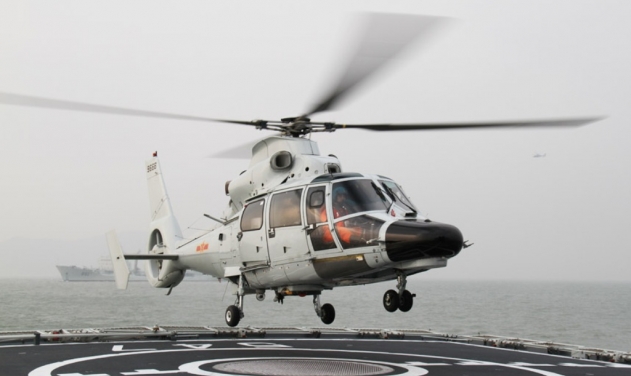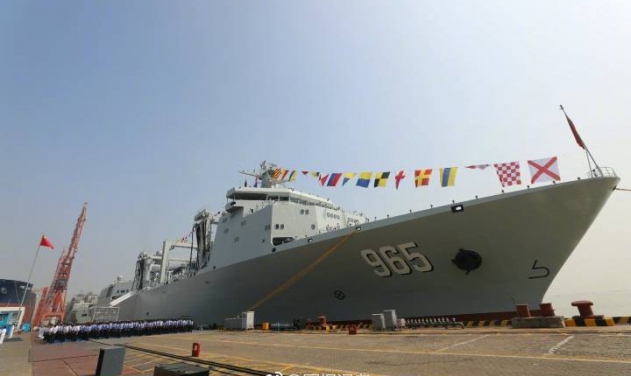Chinese Navy Conducts Live-fire Drills from Anti-Submarine Helicopters

The Chinese People's Liberation Army Navy's (PLA Navy) recently tested ship-borne helicopters in live-fire drills in the South China Sea, to verify attacking targets at sea.
During the exercise, two helicopters reached target area flying at a low altitude, avoiding radar detection and locked in on the target using radar while waiting for attack orders, a China Central Television (CCTV) broadcast showed on Tuesday.
Equipped with special anti-ship missiles, the modified Z-9 anti-submarine helicopters provide a reliable method to handle approaching small high-speed warships and will offset the blind area of long-range anti-ship attacks, Song Zhongping, a military expert and TV commentator, told the Global Times.
Song said finding and targeting a rapidly moving vessel is not an easy task for helicopters, although they have greater flexibility.
"The helicopter will be exposed to the enemy's anti-aircraft fire when it hovers to launch attacks… Hence, the helicopter pilot must find, lock into and attack the target and quickly fly away… it is quite a test for the pilots," Song explained.
The live-fire drills also showed the PLA Navy's shortcomings in sea target attacks, which would require further actual combat training, Chen Jingguang, a leader of an aircraft battalion of the PLA's South China Sea Fleet, was quoted as saying by CCTV.
An improvement in the PLA Navy's sea target attack capability is aimed at, but not limited to, confronting the island of Taiwan and countries at the foot of the South China Sea, Song said.
Some countries and regions will attempt to siege the PLA Navy's large ships with wolf pack tactics using high-speed missile gunboats. However, the very agile anti-ship helicopters could completely counter this scheme, Song added.












